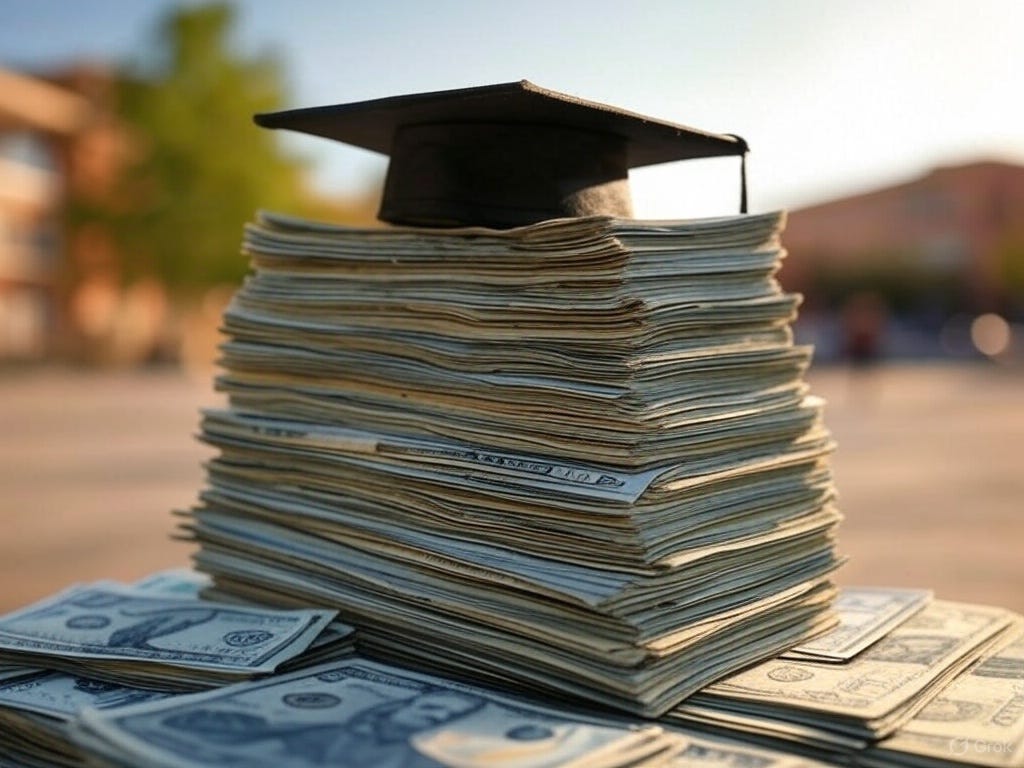How Are They Paying For It?
Over 400,000 Illegal Immigrants Attend Colleges in the United States, but where does the money come from?
The $12 Billion College Mystery: Who’s Paying for Illegal Immigrants’ Education?
Thursday, March 20th, 2025: By Walter Curt.
Over 400,800 illegal immigrants are currently enrolled in U.S. colleges – about 2% of the nation’s higher education student body. This figure, derived from American Community Survey data analyzed by the American Immigration Council,…
Keep reading with a 7-day free trial
Subscribe to The W.C. Dispatch to keep reading this post and get 7 days of free access to the full post archives.



